An ultrasonic cleaner uses high-frequency sound waves that travel through liquid to clean items. Many materials, including metals, glass, rubber, ceramics, and hard plastics, can be cleaned with ultrasonic cleaners. For example, an ultrasonic parts cleaner can easily clean intricate products with holes, fractures, and recesses. In addition, ultrasonic cleaners can clean dust, filth, oil, grease, pigments, flux agents, fingerprints, and polishing compounds. Read More…
Since 1972, Esma Inc. has been producing quality ultrasonic cleaners, as well as benchtop electropolishing equipment. Esma offers a unique and progressive approach to automating the ultrasonic cleaning process.
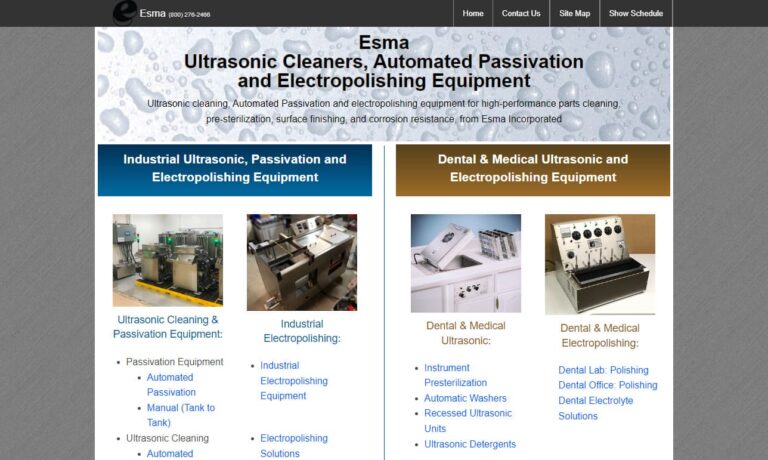
Giant Finishing, Inc. is a worldwide manufacturer and supplier of finishing equipment. We are a family owned business with over 25 years of experience in the industry. Our goal is to provide quality equipment and quality customer service for all surface finishing needs, and we supply equipment, chemicals, compounds, and finishing media to companies around the world. Visit our website or call us...

Great Lakes Finishing Equipment, Inc. is a full line supplier of aqueous and semi-aqueous ultrasonic cleaning equipment. Equipment includes benchtop cleaners, tank and generator series, immersible transducers, console systems and engineered systems. Our customers include defense, aerospace, medical, firearms and industrial.
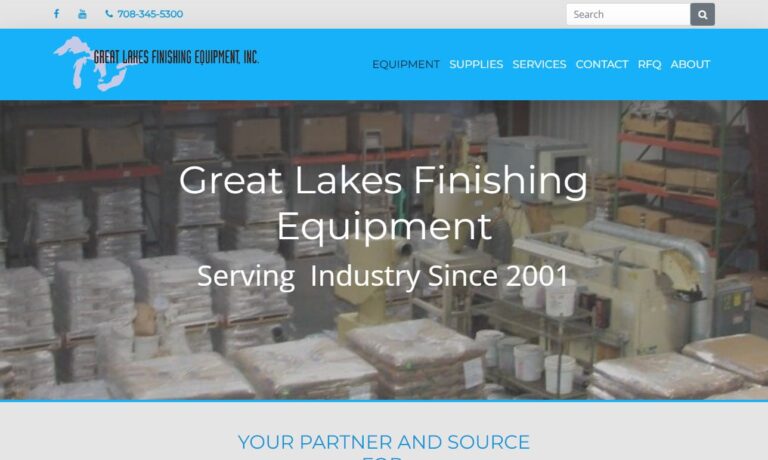
We specialize in ultrasonic cleaning technology that redefines precision and efficiency across industrial applications. At Emerson, we design and manufacture advanced ultrasonic cleaning equipment engineered to remove contaminants from complex parts with unmatched thoroughness.

At SHARPERTEK USA, we specialize in delivering advanced ultrasonic cleaning equipment that meets the highest standards of precision, reliability, and performance. Based in the United States, we design and manufacture a full line of ultrasonic cleaners that serve industries ranging from medical and dental to aerospace, automotive, and industrial manufacturing.
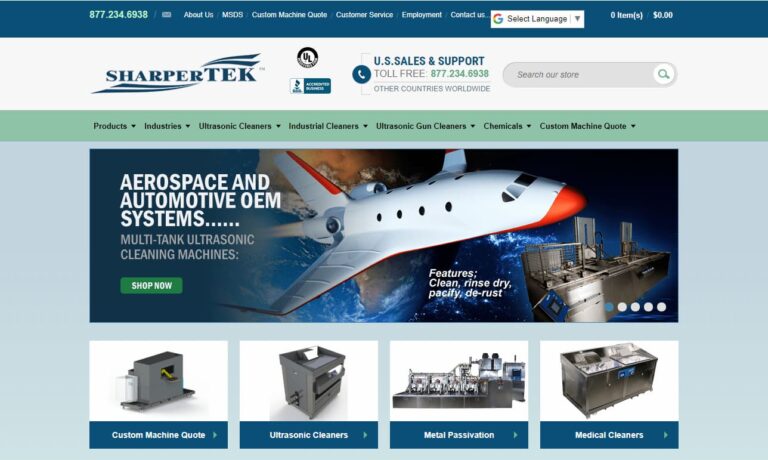
We take pride in being innovators at Mettler Electronics Corp, where we specialize in developing high-performance ultrasonic cleaning equipment trusted by professionals across industries. Our systems are designed to deliver powerful, precise cleaning through advanced ultrasonic technology that removes contaminants from intricate surfaces with efficiency and care.

More Industrial Ultrasonic Cleaner Manufacturers

How Industrial Ultrasonic Cleaners Work
Manufacturers of industrial ultrasonic cleaning systems may use aqueous (water-based) or solvent-based fluids. The cleaning solutions contain ‘surfactants’ that lower surface tension and boost cavitation. Aqueous cleaning solutions are less effective cleaners, but they are better for the environment. Items are placed in a tray before being submerged in the ultrasonic cleaning tank. Ultrasonic parts cleaning with a revolving basket may be helpful for items with holes.

Types of Industrial Ultrasonic Cleaners
Single Tank Industrial Cleaners
As the name implies, single-tank ultrasonic cleaners are ultrasonic cleaners with just one tank. These cleaners come in two varieties: industrial or low-duty ultrasonic cleaners. Ultrasonic cleaners with a single tank are far less expensive than those with multiple tanks. They are small, light, and portable. However, a single-tank ultrasonic cleaner can only clean smaller items and often requires manual cleaning and maintenance.

Multi Tank Ultrasonic Cleaners
An ultrasonic cleaner with multiple tanks has three primary components. The three tanks are used for cleaning, ultrasonic rinsing, and spray rinsing. Each of these components has a specific function. Multi-tank ultrasonic cleaners can clean a larger variety of items. These cleaners also have automatic drainage and filtration.

Industrial Ultrasonic Mold Cleaners
Industrial ultrasonic cleaners are used to clean molds for plastics and other materials. Ultrasonic cleaning doesn’t touch the surface of a mold, in contrast to other cleaning techniques that employ poisonous, harmful chemicals. Still, it can precisely clean a mold's most intricate parts.
The ultrasonic cavitation creates turbulence to ensure each surface is cleaned. A mold’s usefulness is extended when manufacturers use ultrasonic cleaners to clean residual burnt polymers off the mold. Fortunately, ultrasonic cleaning doesn’t hurt a mold’s surface.
Ultrasonic cleaners often have transducers installed on the tank's bottom. Industrial ultrasonic cleaners will have side-mounted immersible transducers to create intense and targeted cavitation. Molds can get a thorough cleaning with side-mounted transducers.
Advantages of Industrial Ultrasonic
- Ultrasonic cleaners are space-efficient and take up very little room. The tank is required to hold the cleaning solution and the component. No additional tools or accessories are required. In some configurations, the solution is rinsed in a different tank.
- Ultrasonic cleaners are simple to use. Most controls are computerized or automatic. Tabletop ultrasonic cleaners merely need the operator to input cleaning time. However, industrial ultrasonic cleaners can manipulate temperature, power density, wave amplitude, and frequency. After setting the operating parameters, the operator places items into the tank, then lets the machine run. Rinsing typically follows.
- Ultrasonic technology can remove more than just dirt. They can remove mineral deposits, rust, oil and grease, carbonized material, leftover plastic, elastic and more. Because of this, ultrasonic cleaners are versatile pieces of cleaning machinery. Targeting different types of debris is simple by adjusting the machine's parameters and applying the right cleaning agent.
Choosing the Right Industrial Ultrasonic Cleaner Supplier
To make sure you have the most positive outcome when purchasing ultrasonic cleaners from an ultrasonic cleaner supplier, it is important to compare at least 4 to 5 companies using our list of ultrasonic cleaner suppliers. Each ultrasonic cleaner supplier has a business profile page that highlights their areas of experience and capabilities and a contact form to directly communicate with the supplier for more information or request a quote. Review each ultrasonic cleaner business website using our patented website previewer to get an idea of what each business specializes in, and then use our simple RFQ form to contact multiple ultrasonic cleaner businesses with the same message.







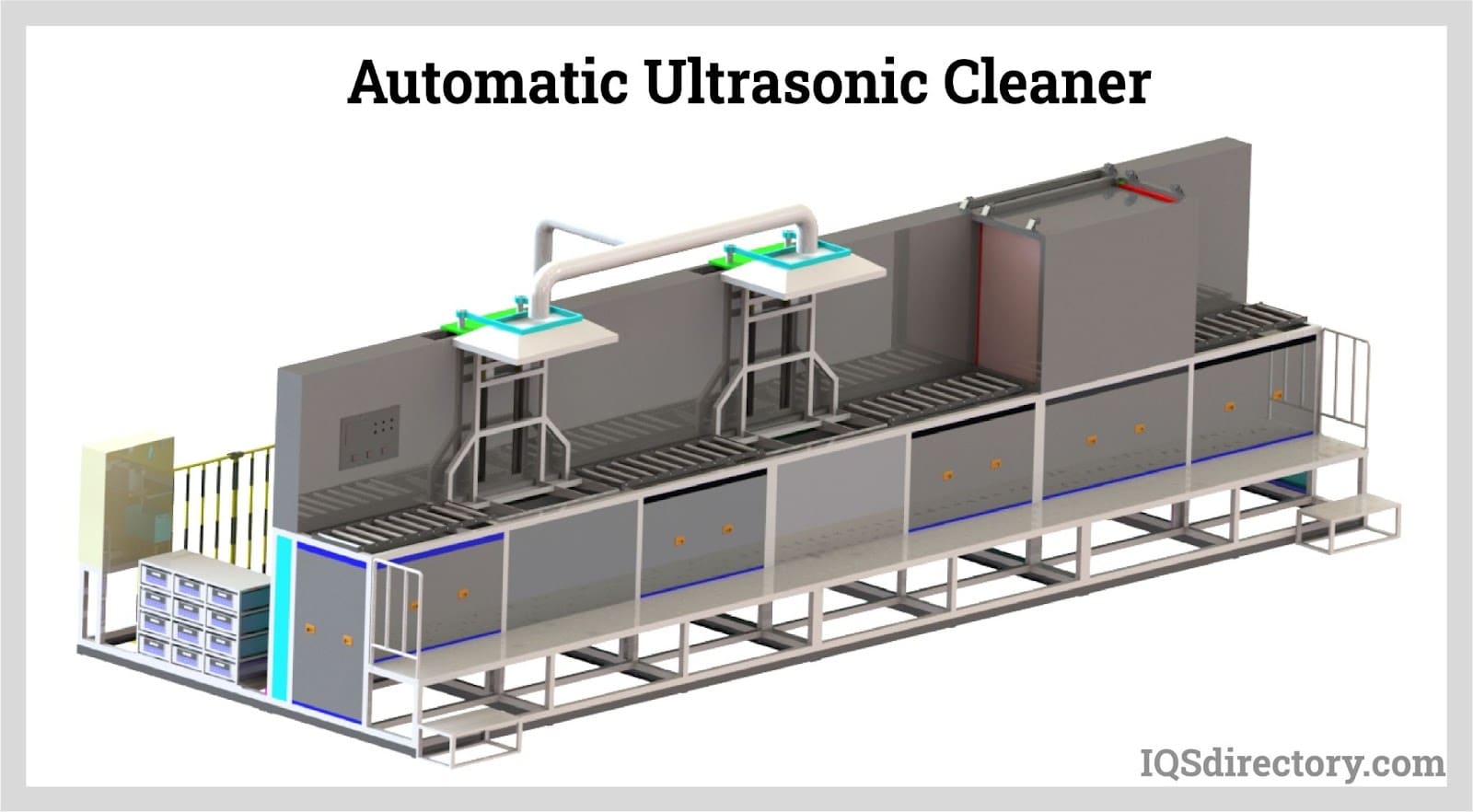
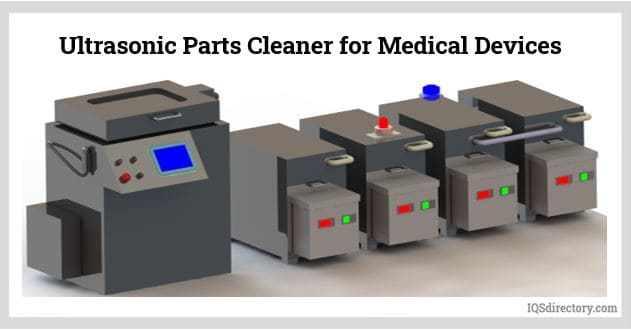
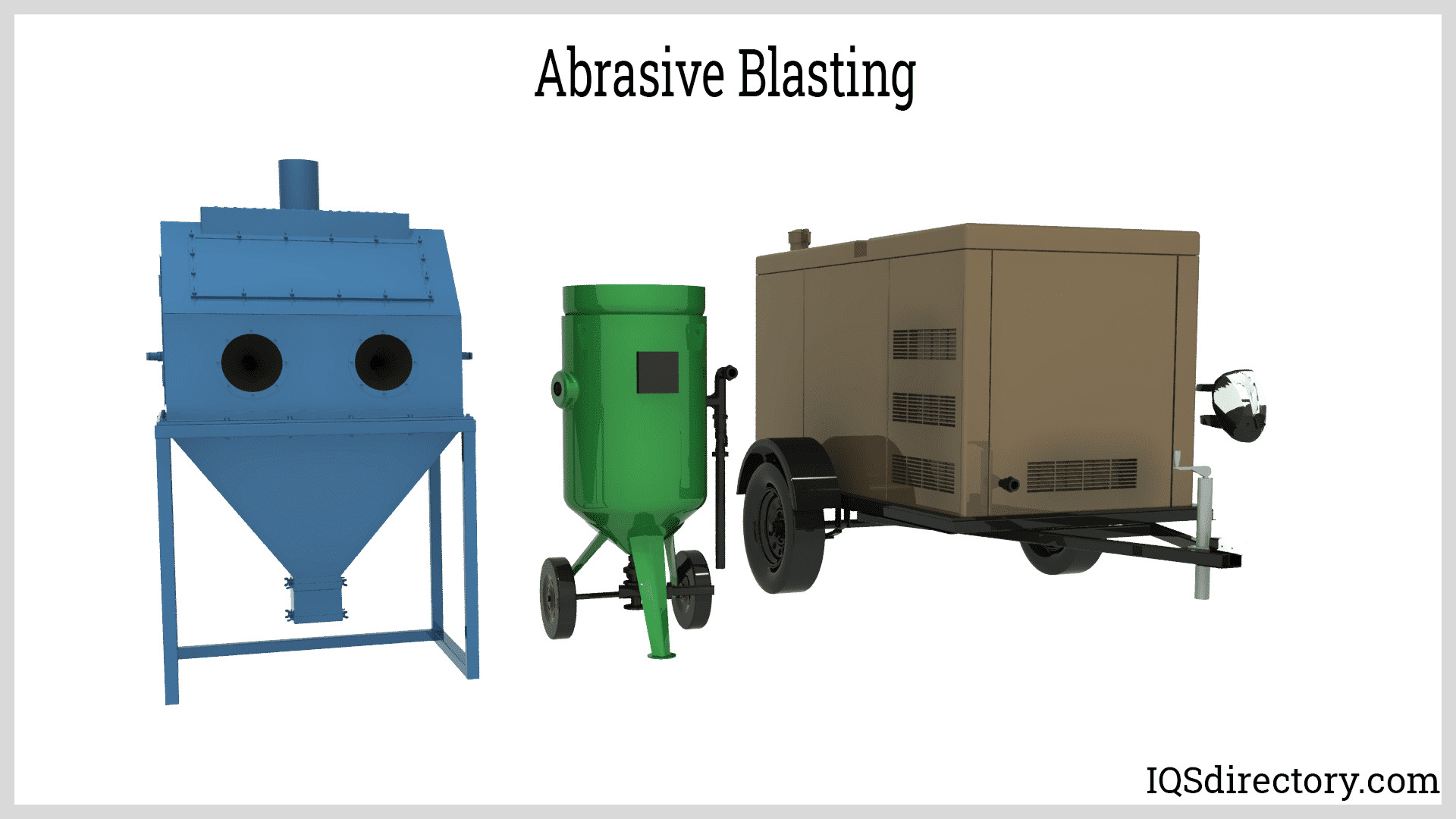
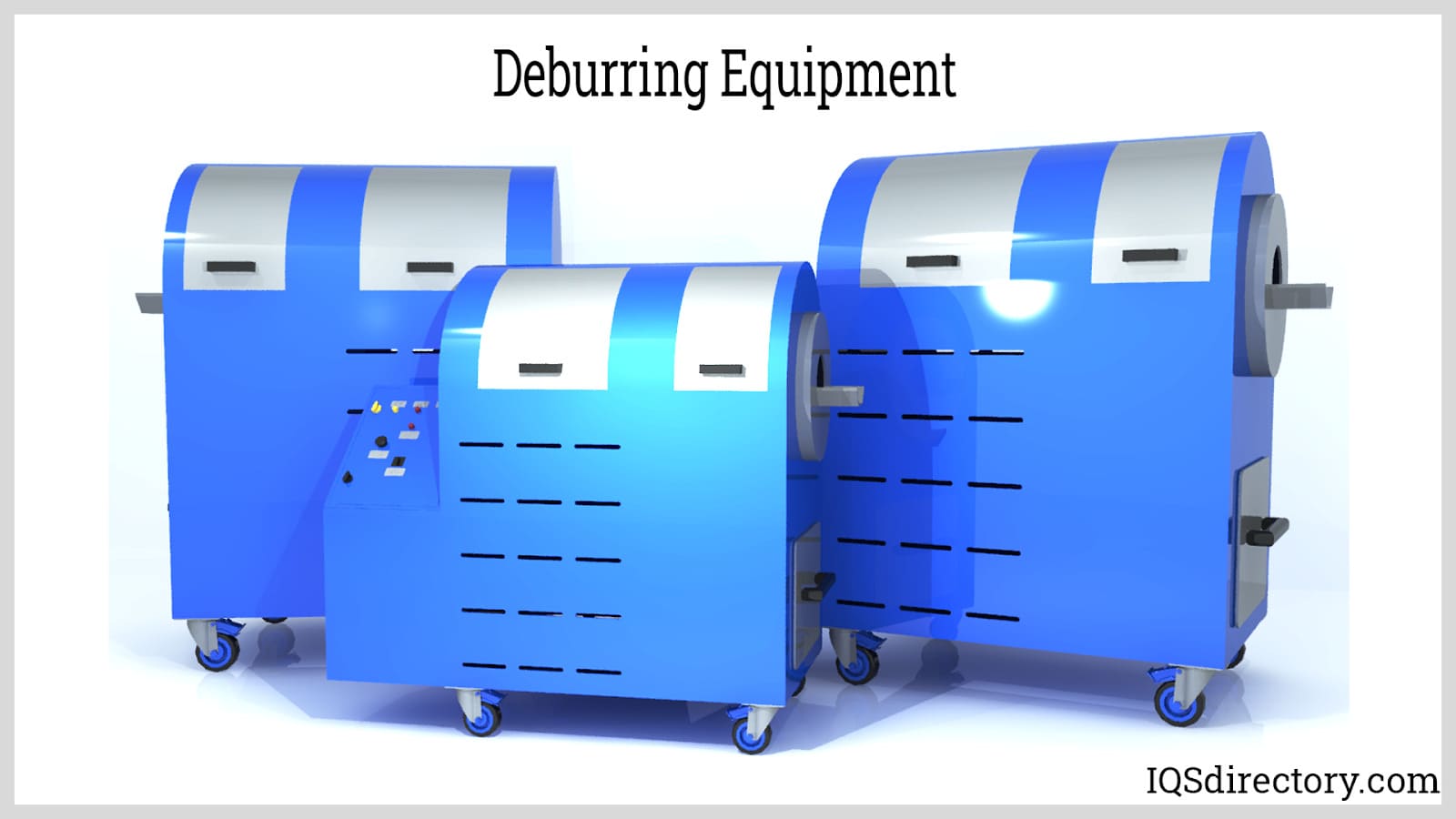
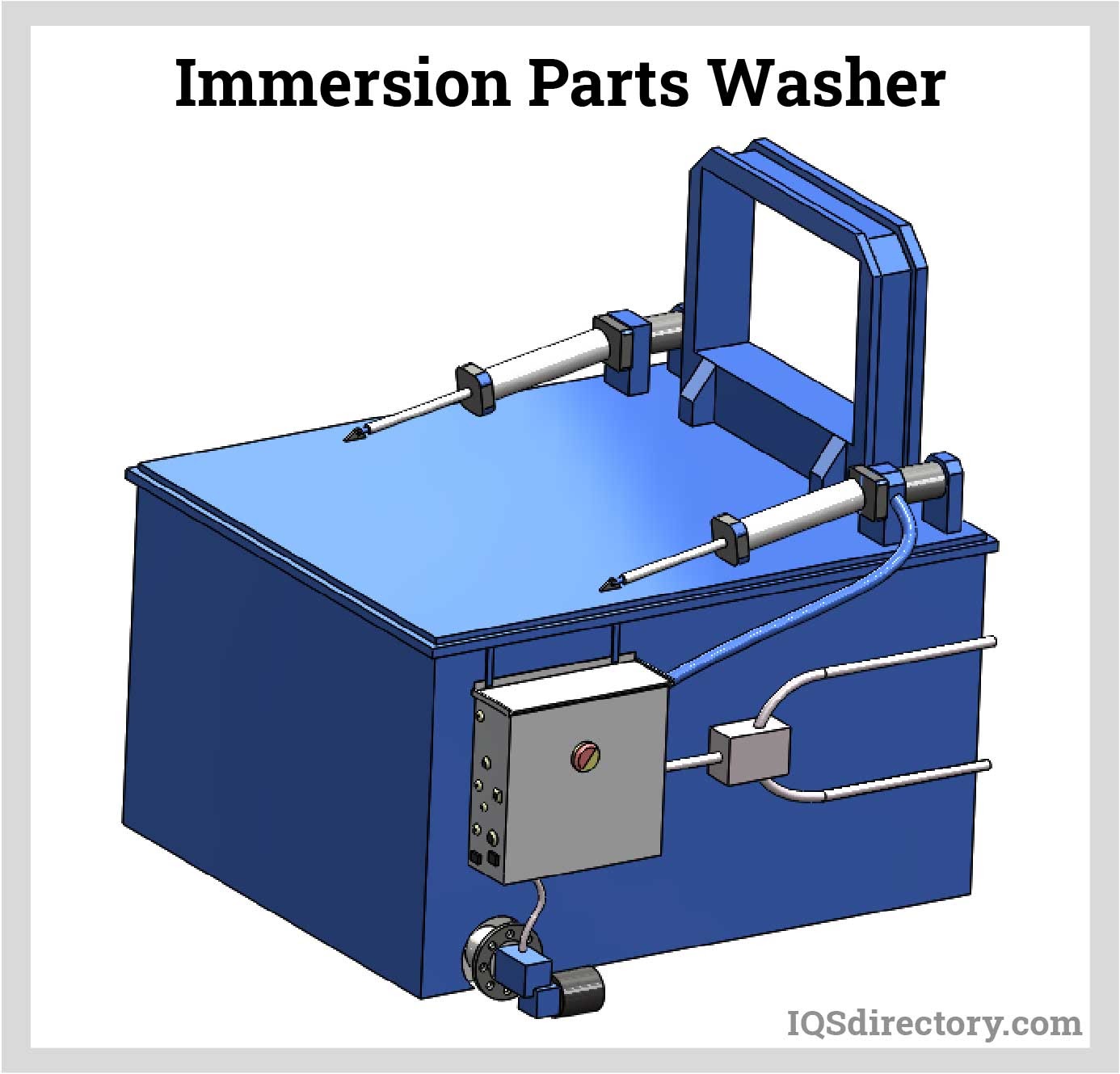
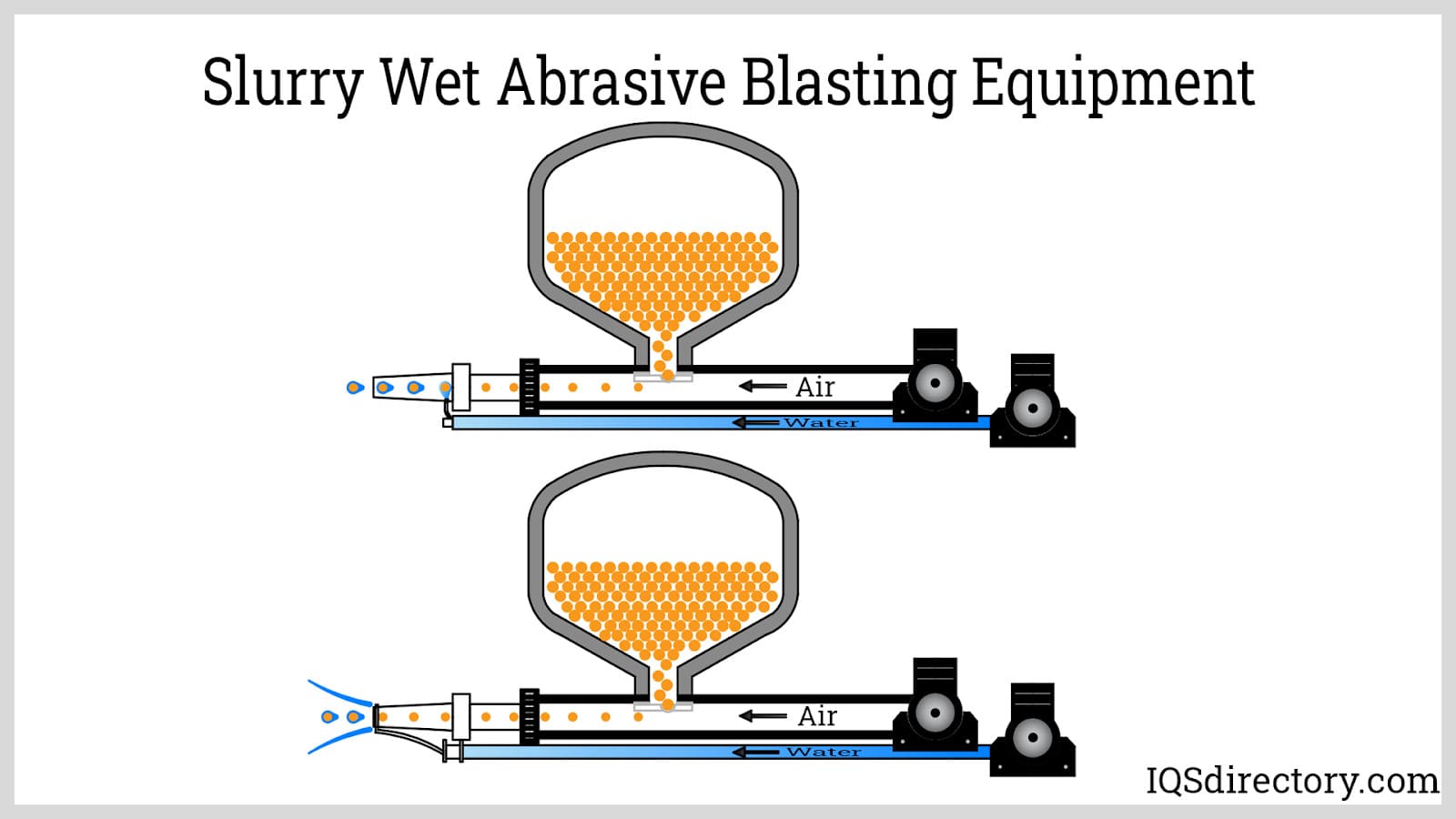
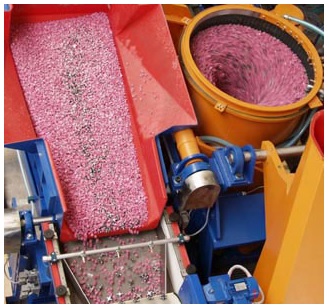 Deburring Machinery
Deburring Machinery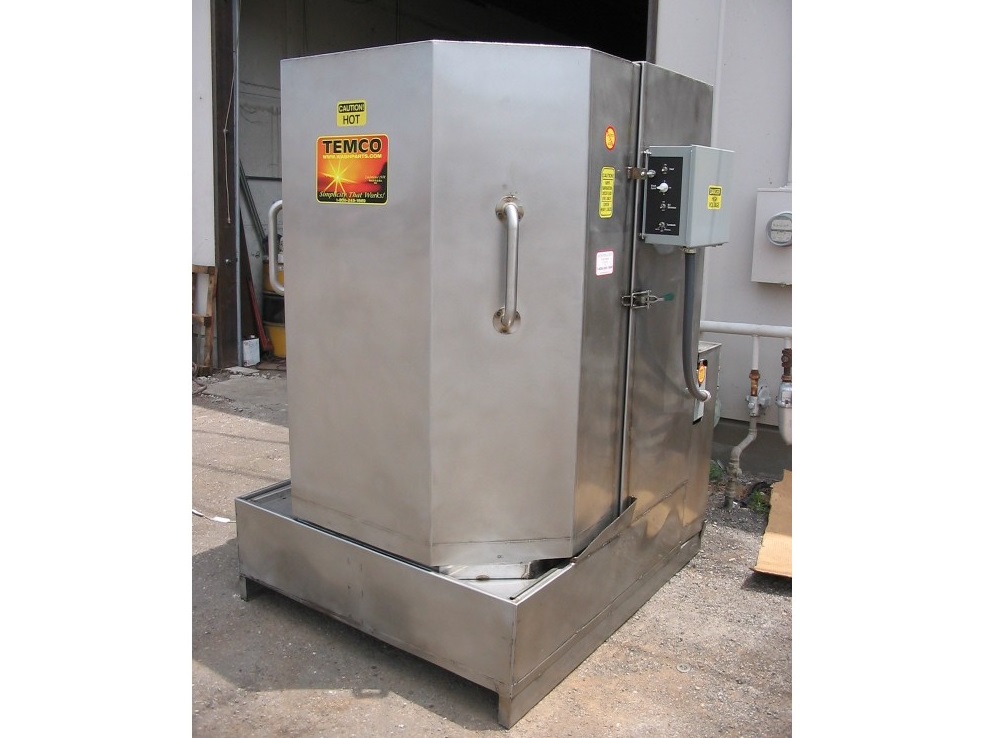 Industrial Parts Washers
Industrial Parts Washers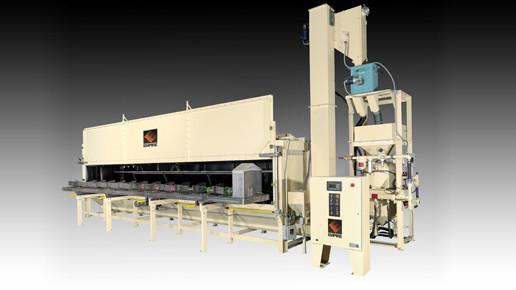 Sandblast Equipment
Sandblast Equipment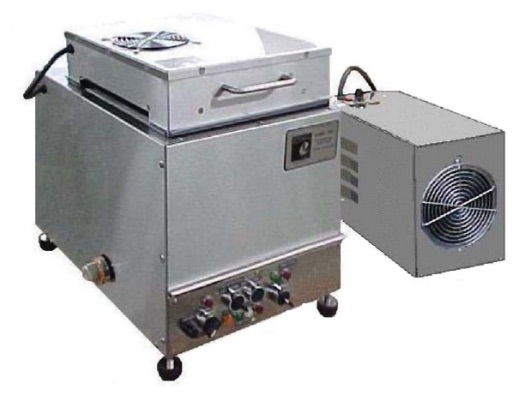 Ultrasonic Cleaners
Ultrasonic Cleaners Castings & Forgings
Castings & Forgings Bulk Material Handling
Bulk Material Handling Electrical & Electronic Components
Electrical & Electronic Components Flow Instrumentation
Flow Instrumentation Hardware
Hardware Material Handling Equipment
Material Handling Equipment Metal Cutting Services
Metal Cutting Services Metal Forming Services
Metal Forming Services Metal Suppliers
Metal Suppliers Motion Control Products
Motion Control Products Plant & Facility Equipment
Plant & Facility Equipment Plant & Facility Supplies
Plant & Facility Supplies Plastic Molding Processes
Plastic Molding Processes Pumps & Valves
Pumps & Valves Recycling Equipment
Recycling Equipment Rubber Products & Services
Rubber Products & Services